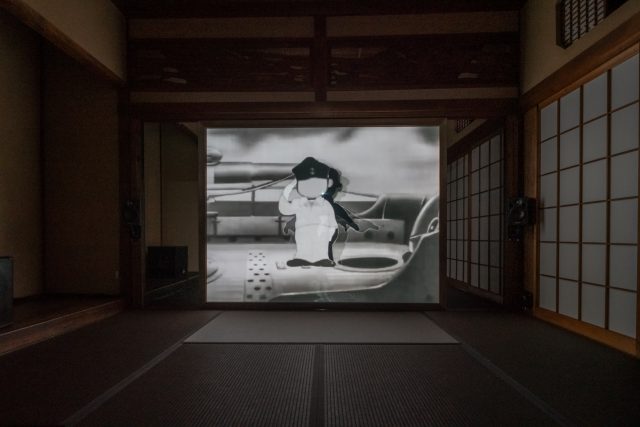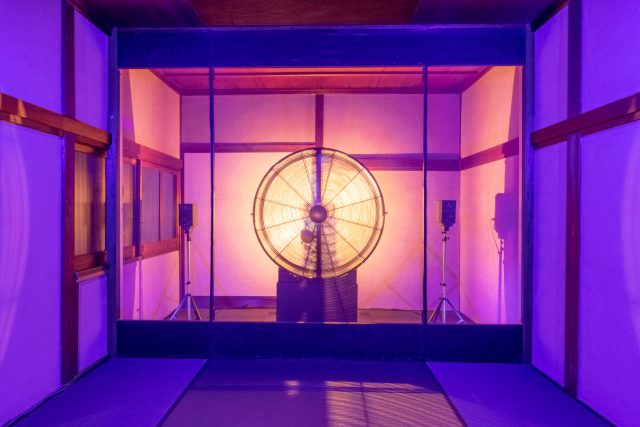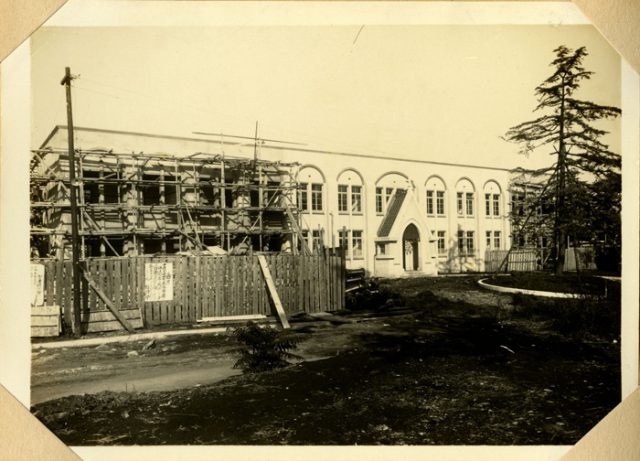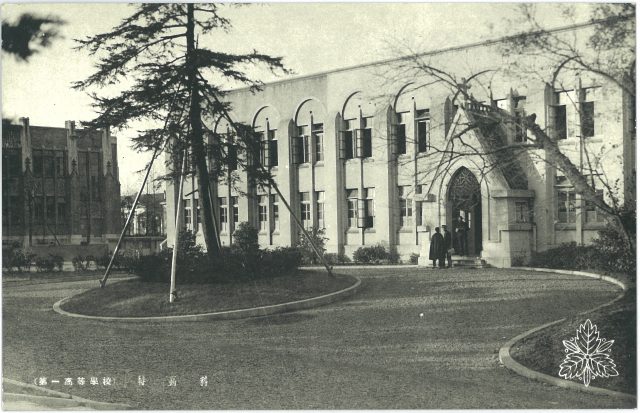On December 4, 2020 from 6 p.m., the second workshop for the Building 101 film production project was held. To support the filmmaking team of three research assistants, Tsuyoshi Ishii (The University of Tokyo) asked three specialists—Katsuya Orimo (The University of Tokyo), Takashi Tamura (The University of Tokyo), and Futoshi Hoshino (Waseda University)—to serve as advisers for this project. Katsuya Orimo is the curator of Komaba Museum. Takashi Tamura is a specialist in The Tale of Genji and an associate professor at Komaba Campus, and who is also leading the First High School materials archive project. Futoshi Hoshino is a lecturer at Waseda University with a lot of knowledge and practical experience of contemporary art.
After setting the date of this second workshop intended as an introductory meeting between the research assistants and advisers, it turned out that Ho Tzu Nyen would appear in an online event held by Mori Art Museum on the same day and almost at the same time. Futoshi Hoshino had suggested Ho Tzu Nyen’s Hotel Aporia (2019) as a point of reference because of its use of screens and photographs exploring the history of the site where it was shown, and especially because of the way it approaches historical wartime events in Japan from an artistic perspective. As such, we decided to watch his lecture at the beginning of this second workshop. Ho Tzu Nyen’s lecture touched on the connection between the site and the ideas of the Kyoto School, such as Keiji Nishitani, who entered Kyoto University after graduating from the First High School, which was subsequently incorporated into the University of Tokyo. Ho Tzu Nyen’s work was instructive in terms of demonstrating how using multiple screens works well in an old building, how photographs and images can be effectively employed in a slideshow, and how philosophical concepts such as nothingness (絶対無) can be expressed through objects.


Ho Tzu Nyen, Hotel Aporia (2019) Site specific installation at the Kiraku-Tei, Toyota City, Aichi Triennale (2019) 6 channel video projection, 24 channel sound, automated fans, lights , transducers and show control system Commissioned by the Aichi Triennale, courtesy of the artist and Edouard Malingue Gallery Photograph by Hiroshi Tanigawa
After watching the lecture live online, Tsuyoshi Ishii described an exhibition about the history of a Peking University campus. Each participant then shared his own idea about Komaba Campus. What emerged from this was the multilayered transition of the campus itself. For example, Komaba Dormitory, which was built in 1935, was demolished in the early 2000s, so research assistants have never seen it. This raises questions about the generation gap at Komaba. Though Takashi Tamura was absent, he had left a message about the importance of tracing the history of how the name of Building 101 has itself changed. He also shared an archival photograph of Komaba when it was under construction in 1935. Ascertaining that Room 15 also existed back then, the members of the project discussed how to realize the complexity of historical memory through images.

The Special High School Course (特設高等科) on 30 October, 1935(Photo credit: The Koishikawa Annex of the University Museum at the University of Tokyo)

The Special High School Course (特設高等科) (Photo credit: Takashi Tamura)
Hanako Takayama (EAA Project Assistant Professor)








